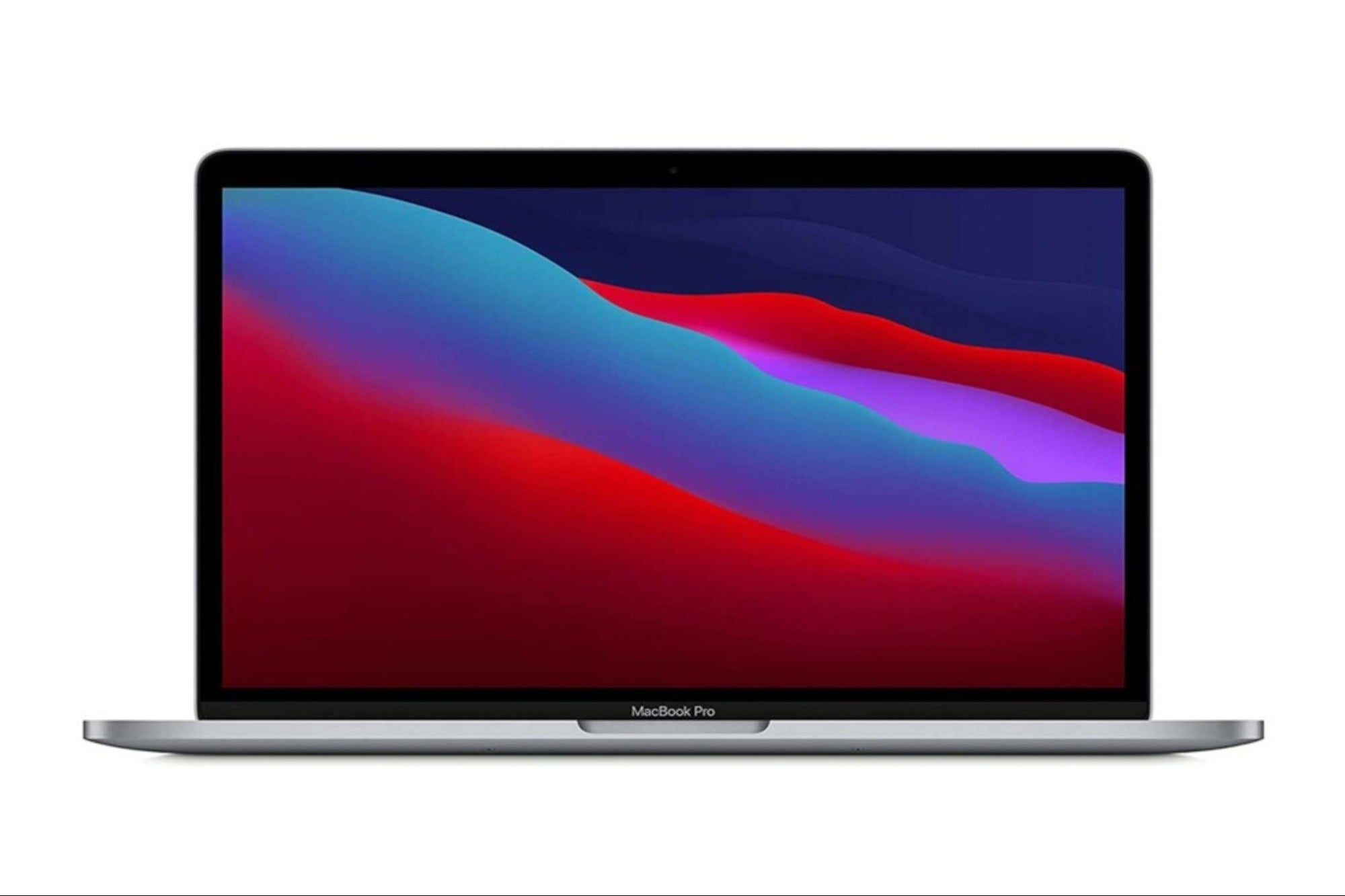Steve Jobs Was Completely Wrong About Why People Like the iPhone No big screens! Well, let's re-think that, shall we?
By Jim Edwards
This story originally appeared on Business Insider
The launch of iPhone 6 and iPhone 6 Plus — and the latter's massive 5.5-inch screen — appear to prove Apple founder Steve Jobs was completely wrong when he said in 2010 "no one" would want to buy a phone with a big screen.
And while this sort of hindsight wisdom feels a little bit tawdry, it actually cuts to the heart of what is driving the $276 billion smartphone market right now: screen size.
Apple launched its new phone with 4.7- and 5.5-inch screens for a reason: Rival companies, particularly Samsung, have spent the past two years building a market in a space that Apple ignored — the market for people who want big, bright screens that are great for consuming media and doing work.
To recap: Jobs launched iPhone and its initial updates with a 3.5-inch screen. When the iPhone 4 ran into trouble because it appeared to drop calls when users held it the "wrong" way, Jobs held a news conference. He was asked, why not just make the phone bigger, so that the antenna might have more space within the device and thus get better reception?
He replied that he disliked the new crop of bigger phones from Samsung et al. "You can't get your hand around it," he said, "no one's going to buy that." He also derided big phones as "Hummers."
By 2013, however, executives within Apple began to rethink that. Internal documents from that time show that iPhone sales growth was slowing, even though the market as a whole was growing. All the growth was in the sub-$300 price range and among phones with screens bigger than 4 inches. "Consumers want what we don't have," was the title of one slide in the documents.
Another document showed that Apple's own customers placed the small screen size of the iPhone 5, 5C, and 5S among their top complaints about the devices. The iPhone's small screen size actually seemed to be a liability for Apple, not — as Jobs argued three years earlier — an advantage.
(The leading big-screen devices in this market were, of course, Samsung's Galaxy S and Note phones, with their 5-inch-plus screens. The Note 4 now comes in a 5.7-inch size. It's an interesting exercise to ask Note owners how they like their big screens and whether they would ever consider going back to an iPhone-size 4-inch model. You will find the answer is always "no" — consumers love big screens.)
So it is notable that both the new iPhone 6 models are big-screen phones, of 4.7 and 5.5 inches.
There is no "iPhone 6 Mini," giving people the option of a Jobsian 3.5-inch screen.
Samsung poured scorn on Jobs in a piece of marketing fluff released to counter the iPhone 6 launch. It produced this graphic, which actually misquotes Jobs as saying "No one is going to buy a big phone."
The response underlines one of the strangest things about Jobs' big-screen error. When the iPhone became a huge hit at its launch in 2007, with a 3.5-inch screen, its screen at the time was itself one of the biggest displays on the market.
Consumers were used to candy-bar phones from Nokia, on which most of the device was given over to the keypad and the screen had room for little more than a name and a number. BlackBerry was still huge at the time, one of the reasons being that it had a screen that was a little larger than a Nokia candy bar, and you could type emails onto it.
The original iPhone provided even more real estate than that, letting people consume real media and apps.
In hindsight, it's not weird that Jobs might have been wrong about consumer preference for screen sizes in the four years following his death. Rather, it's weird that he didn't acknowledge that the iPhone's (relatively) big screen size was actually driving its popularity while he was alive.
The iPhone (at launch) was the biggest screen on the market. Jobs didn't seem to see that as the key.










